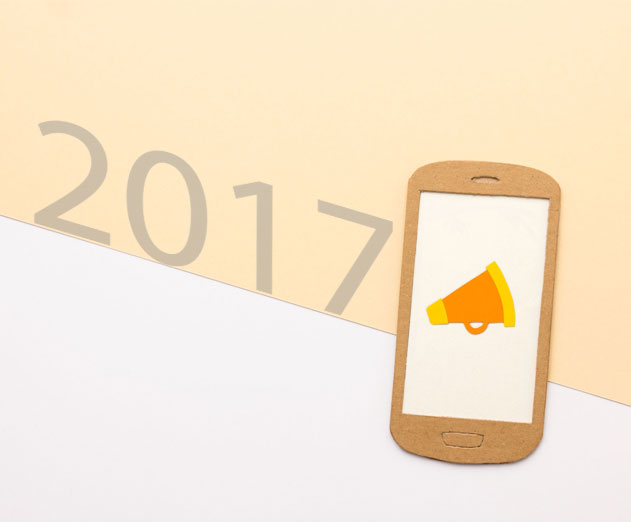
Location-Based Marketing
As futuristic as it sounds, location-based marketing is sweeping the nation as one of the most popular marketing tools with both consumers and businesses. What makes location-based marketing so popular is that it eliminates irrelevant ads by presenting the consumer with promotions based on their current location. Location-based marketing can be accomplished through the use of geofencing, beacons, Wi-Fi and Bluetooth.
Tip: Think outside of the box when it comes to selecting your location to send customers promotions. Instead of just sending customers notification when they are near a store, send them promotions when they are near locations in which the brand’s products or services would be useful. For example, a pet supply store could send customers promotions when they are near the dog park.
Developing an “AppPlus” Strategy
It is obvious that mobile marketing is a major factor in the success of any marketing strategy. According to The Guardian, 91% of top brands have apps. But simply having an app isn’t enough to satisfy mobile customers anymore. A recent survey by 3C Interactive reports that over 25% of apps end up abandoned after the first use. By developing an “AppPlus” strategy, brands can help keep customers engaged.
Tip: Create additional capabilities for brand apps like messaging, mobile wallet, and an integrated loyalty program. By creating an app that does more than just deliver information about the brand and allow customers to browse product offerings businesses are increasing the longevity of the app.
Social Media Messaging is the New SMS
Messaging alternatives to text messages are quickly becoming a preferred method of communication. Ad Week cites that 49% of mobile users in the U.S. use messaging apps monthly. One of the most popular examples of these messaging apps is Facebook Messenger. This kind of messaging seamlessly integrates with already popular social media networks and allows users to send information back and forth quickly over the internet as opposed to traditional text messaging. For these reasons these applications are ideal for communication between brands and customers.
Tip: After a customer has reached out to a brand via Facebook Messenger, the brand has a 24-hour window in which they are allowed to send that customer promotional content. Take advantage of this opportunity to offer customers personalized and exclusive deals. This will build the relationship between the customer and brand increasing the chances of repeat business.
No comments:
Post a Comment